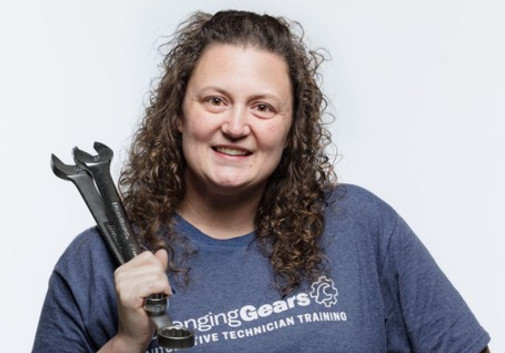STRUCTURAL CHALLENGES
Diving into the challenges of our current funding approach, we see ramifications on flexibility, scalability, accountability and on the organizations themselves. We wanted to understand why was scaling so hard and what could be done about it.
There are critical differences in the operating conditions of our sector compared to the for-profit sector:
THE CHALLENGE
Revenue
Market Discipline
Non-Profit Sector
Revenue often comes from donors, grants, and government funding. The link between value provided and financial success is indirect. Organizations must appeal to donors' interests and values, which may not always align directly with the beneficiaries' needs.
For-Profit Sector
Revenue primarily comes from customers who pay for goods and services, which creates a direct link between providing value and financial success.
Non-Profit Sector
Market discipline is less direct. Nonprofits must still be efficient and effective, but they face less direct competitive pressure. They must maintain the trust and support of donors and stakeholders to sustain operations.
For-Profit Sector
Market competition enforces discipline. Companies must continually improve and innovate to survive and thrive.
IMPACTS
This disconnect of income (funding) from outcomes tremendously distorts the sector. The disconnect affects flexibility, scalability, and accountability. The struggle has been explored in numerous articles:
“Social innovators face a convoluted and often elusive path to mobilize the resources needed to amplify the impact of their work.” - Why Proven Solutions Struggle to Scale Up Dieglmeier & Greco, 2018 SSIR
“That kind of structural (investor) accountability doesn’t exist in the nonprofit world. Our customers—whom we often refer to as “beneficiaries”—have no way to express value or lack thereof. If funders aren’t accountable for value—for impact—then nobody is.” - Don’t Feed the Zombies, Kevin Starr 2023 SSIR.
LEADERSHIP FOCUS & TIME
A dynamic not widely explored, is the stakeholder gap's impact on leadership. In a Harvard Business Review article, they found that for profit CEOs spend 70% of their time on internal activities:
-
Designing and improving processes
-
Developing people and relationships
-
Aligning organizational structure and culture
-
Harnessing strategy and driving their agenda
They report spending 3% of their time with investors.


Compare that figure to non-profit executives who spend significantly more time (~60%) on fundraising from external constituents. A 2024 Chronicle of Philanthropy research study showed that 53% of nonprofit leaders were dissatisfied with the amount of time they spent fundraising. The unspoken secret amongst many non-profit leaders is that they took jobs to pursue a mission and lead a team but found themselves instead as the Chief Sales Officer.
We must all recognize that there is an opportunity cost to asking non-profit executives to spend 10 to 20x the time as their for-profit counterparts on fundraising (investor relationships).
RISK REWARD
With the disconnect of funding from outcomes, non-profits are left to attempt to manage their expenses within their established budgets. There are currently no avenues that allow for a risk (new program, investment in a client specific barrier, investment in a program barrier) to yield a reward (more income).
We have eliminated reward from the risk/reward equation which creates a risk averse sector.
TRUST BASED PHILANTHROPY'S IMPORTANT STRIDES
Trust based philanthropy has made great strides to improve on some challenges of traditional grant making. Longer-term relationships with multi-year grants and less reporting requirements all help free up programs to pursue impact, however the model still relies on central planning and control.
Trust based philanthropy is what has made this new funding pilot possible and we want to keep pushing the funder/provider relationship further to better serve our clients.

It is easy to highlight challenges, working through solutions is the hard part.
As the Leadership Challenge highlights: "Systems will unconsciously conspire to maintain the status quo”, so what will we do?
We are piloting a solution and looking for funders, workforce development centers, dreamers and doers to help explore and strengthen this approach. If you are interested, please contact us and help us shape our sector to better serve our neighbors.
MOVING FORWARD
